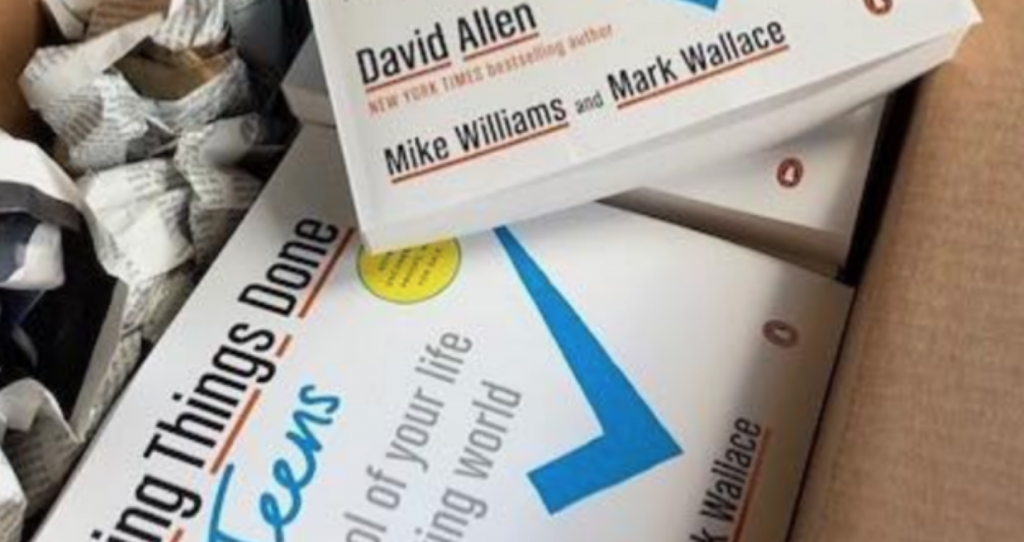It’s been painful, the silence of Silicon Valley with regards to Saudi Arabia, whose shifting accounts about the murder of journalist Jamal Khashoggi have nearly veered into slapstick.
He freely walked out the Saudi consulate in Istanbul. Actually, rogue killers got to him. No, he was in a fist-fight and was subdued to death by Saudi officials. Fine. We did set out to brutally murder him, just as Turkish officials said at the outset.
It isn’t hard to understand why the story of Khashoggi’s final moments has finally come full circle. Why not just tell the truth when the world — including everyone in technology who has taken the region’s money — is too cowardly or greedy to take a stand against it?
In fairness, breaking up with Saudi Arabia, which has drenched the Bay Area in capital, is easier said than done. Forcing an investor to sell is practically impossible if it has a contractual right to be involved and isn’t interested in selling to other shareholders for a higher price. No doubt, too, many see little to gain by speaking ill of Crown Prince Mohammad bin Salman, or MBS, who is running the show and may be more menacing than they’d realized. In fact, while some in tech are using this moment to win points for not raising money from murderous regimes, nary a recipient of MBS’s capital has spoken publicly about why he or she won’t again accept funding from Saudi Arabia until MBS is removed from his powerful position. Not a single person.
From what we’re hearing, even SoftBank — whose $93 billion Vision Fund is anchored by a $45 billion commitment from MBS — looks likely to move forward with its relationship with the desert country. Indeed, comments made last week by SoftBank’s COO Marcelo Claure, who said there was “no certainty” that SoftBank will launch another Vision Fund, were probably overblown. Many will be relieved if that second fund materializes, too. Still, if we were running a unicorn company, we wouldn’t get too comfortable.
Even assuming that the Vision Fund continues to deploy billions of dollars with the help of MBS, it will take time to get his scent off future rounds. As analyst Chris Lane of Sanford C. Bernstein & Co. told Bloomberg earlier today, likely SoftBank will have to pause three to six months before starting to again cut major deals, owing to its ties to the prince.
In the meantime, the Khashoggi ordeal looks increasingly like part of a series of shocks that are bound to have a systemic effect — and make burn rates more important than ever to control.
Consider: While we’re busy obsessing over MBS, longer-term frictions with China — which has also soaked Silicon Valley in capital — grow more concerning by the day, from an ongoing trade war with the U.S., to allegations of intellectual property theft, to Beijing’s continued militarization of disputed islands in the South China Sea, to newer concerns over currency manipulation.
There’s also the performance of the U.S. stock market, which is reacting to these various pressures. Tech shares are pushing U.S. benchmark indexes back into positive territory today — one day after the year’s stock market gains were completely wiped out. But these zigs and zags have U.S. endowments, foundations and pension fund managers feeling nervous. More worrying, these traditional “limited partners” to venture firms are already over allocated to venture as an asset class because the cadence of fundraising has been faster than ever in recent years while exits have been comparatively slow.
“We keep stuffing the snake,” says Chris Douvos, an LP who has helped fund numerous seed-stage firms over the years, including First Round Capital. “But not as much is coming out the back end as coming in the front end. That’s left everyone with a huge bubble” with which to contend.
Douvos isn’t sure how big an impact tech’s suddenly strained relationship with Saudi Arabia could have, but he thinks — as we do — that it could be the first shoe to drop. He thinks that’s not necessarily a terrible thing, either. While a flood of capital from around the world has changed how Silicon Valley builds companies, it might be time to rethink that process anew.
“Maybe being cash-flow negative until you’re a $100 billion company isn’t sustainable. Maybe you start building toward earlier profitability,” says a hopeful Douvos. “That’s very much at odds with the traditional Silicon Valley ethos, but it starts to untangle the web of all this trapped capital.”
It would also give public shareholders an earlier crack at fast-growing companies and perhaps help Silicon Valley find its backbone.
More realistically, such headwinds may see U.S. companies that can’t stand on their own run even faster to Saudi Arabia. And what they’re likely to find is a more emboldened young prince — his terms more cutthroat.
Above: Salah Khashoggi, a son of slain journalist Jamal Khashoggi, who has been banned from leaving Saudi Arabia and who was forced on Monday to visit the royal court and accept the condolences of MBS.

Source: Tech Crunch






